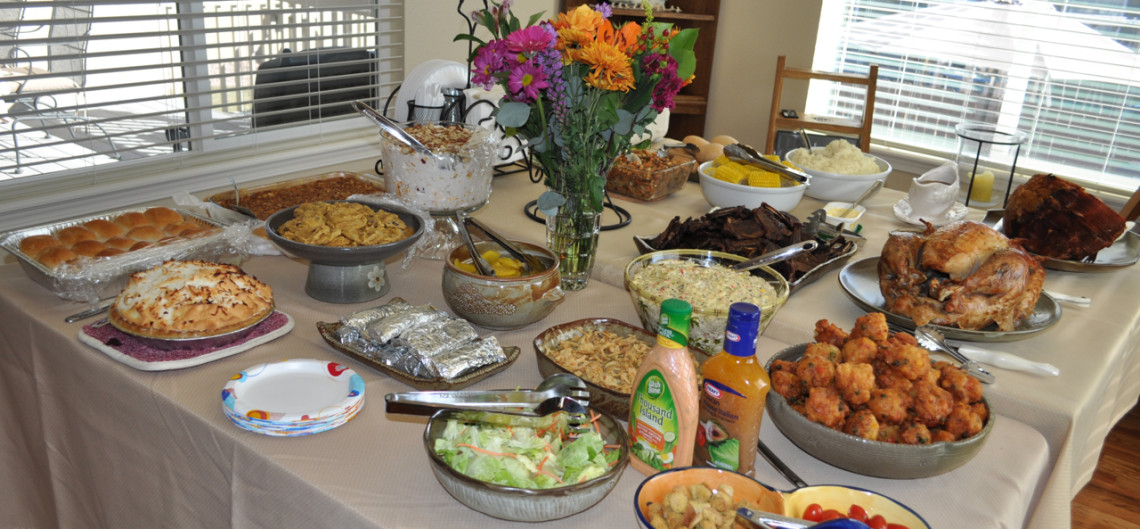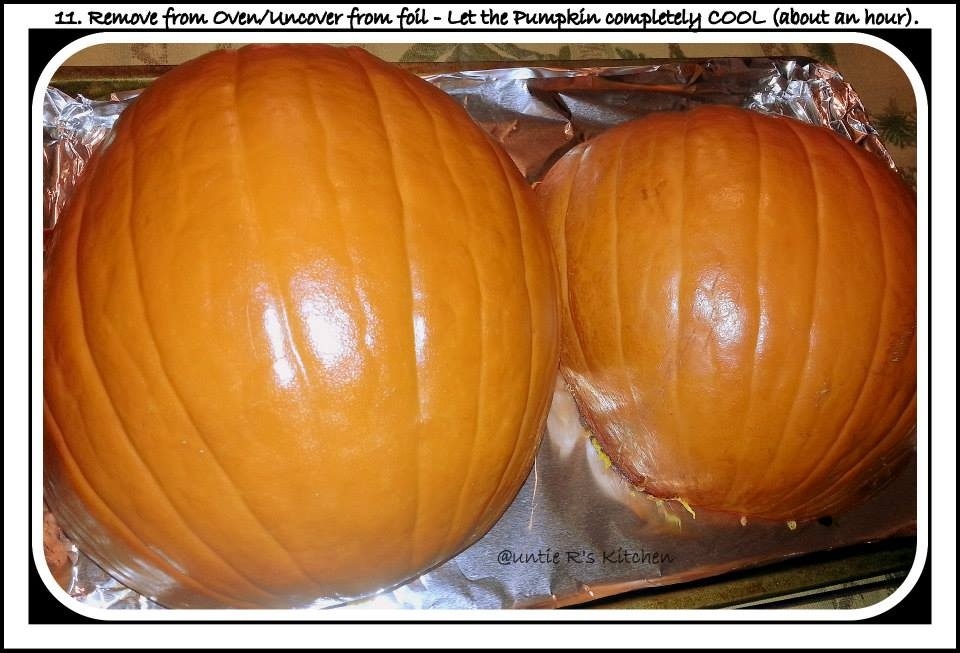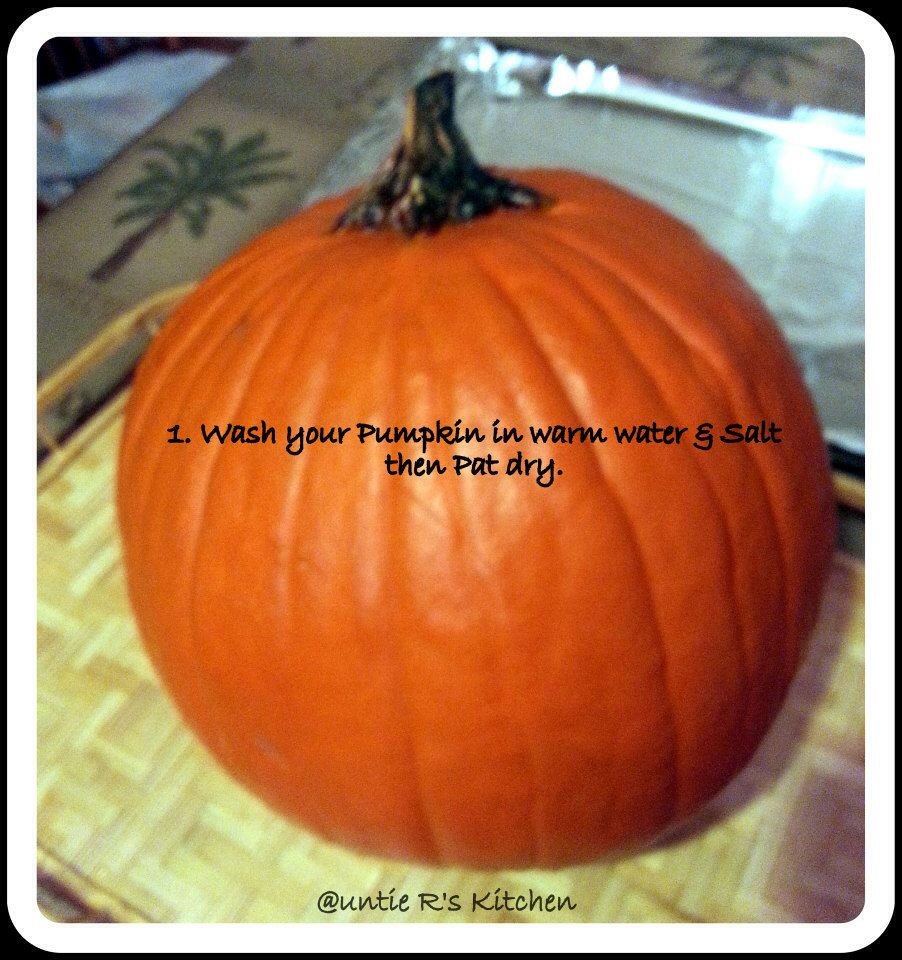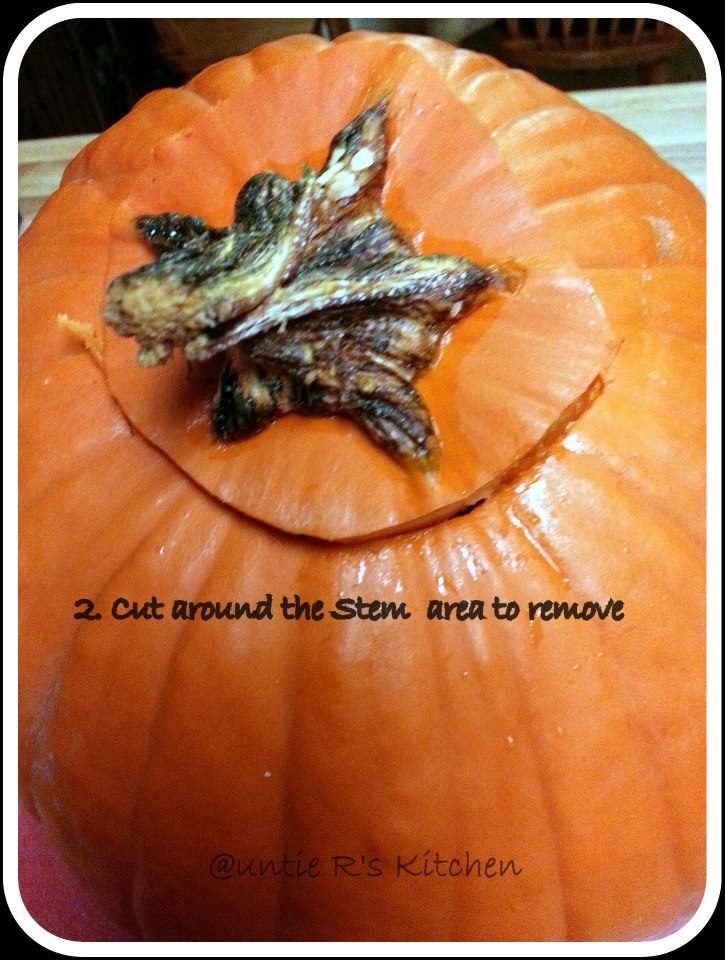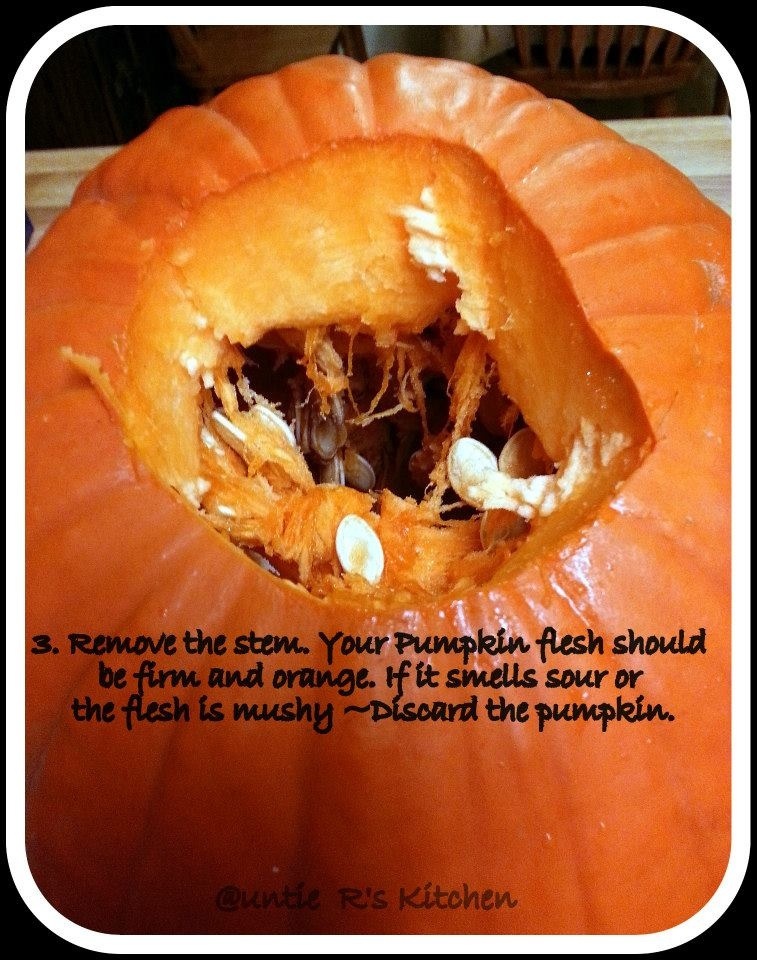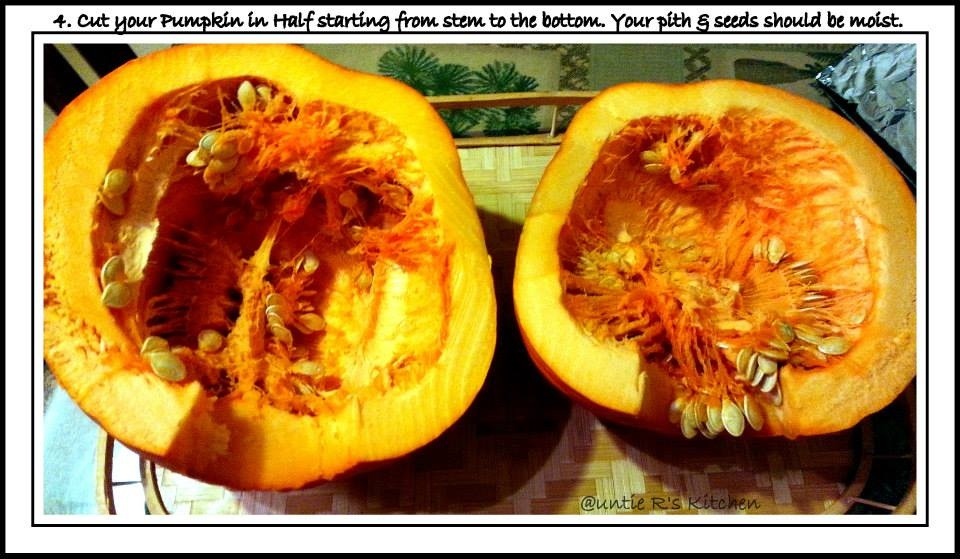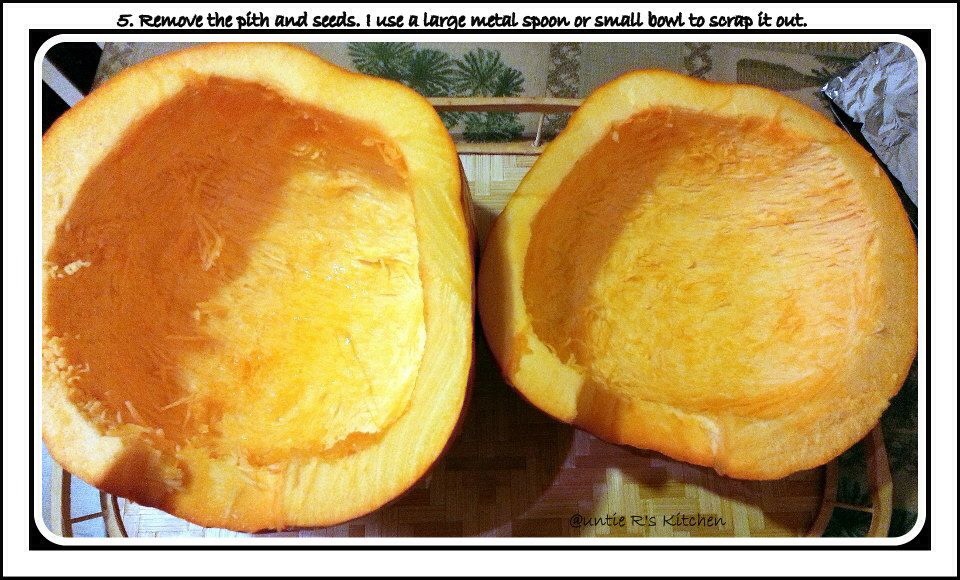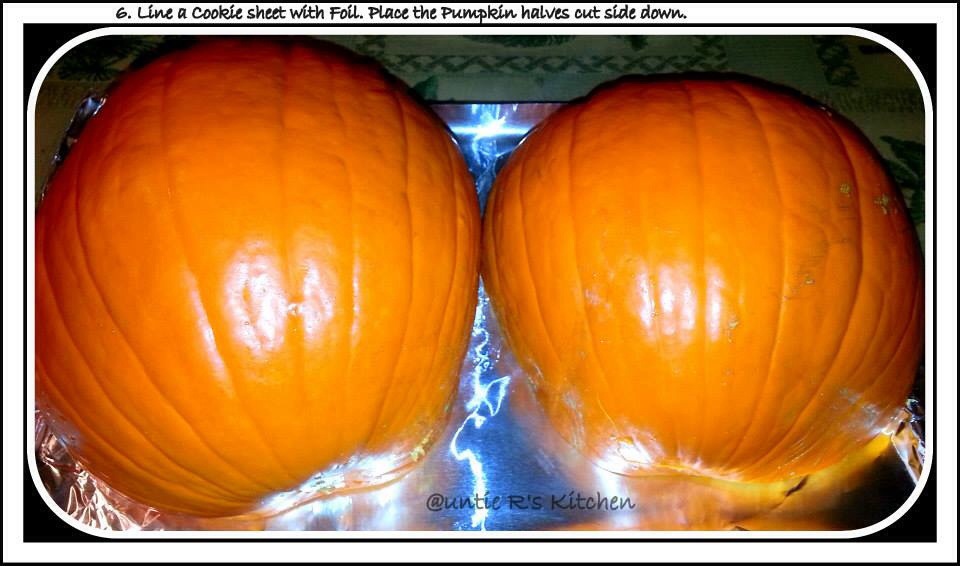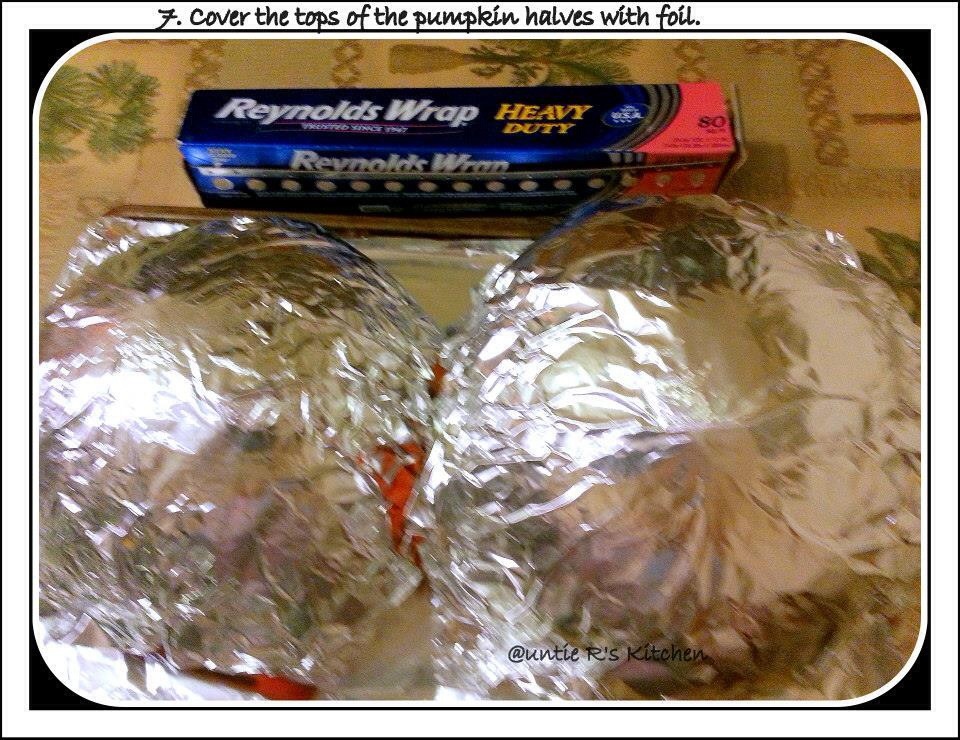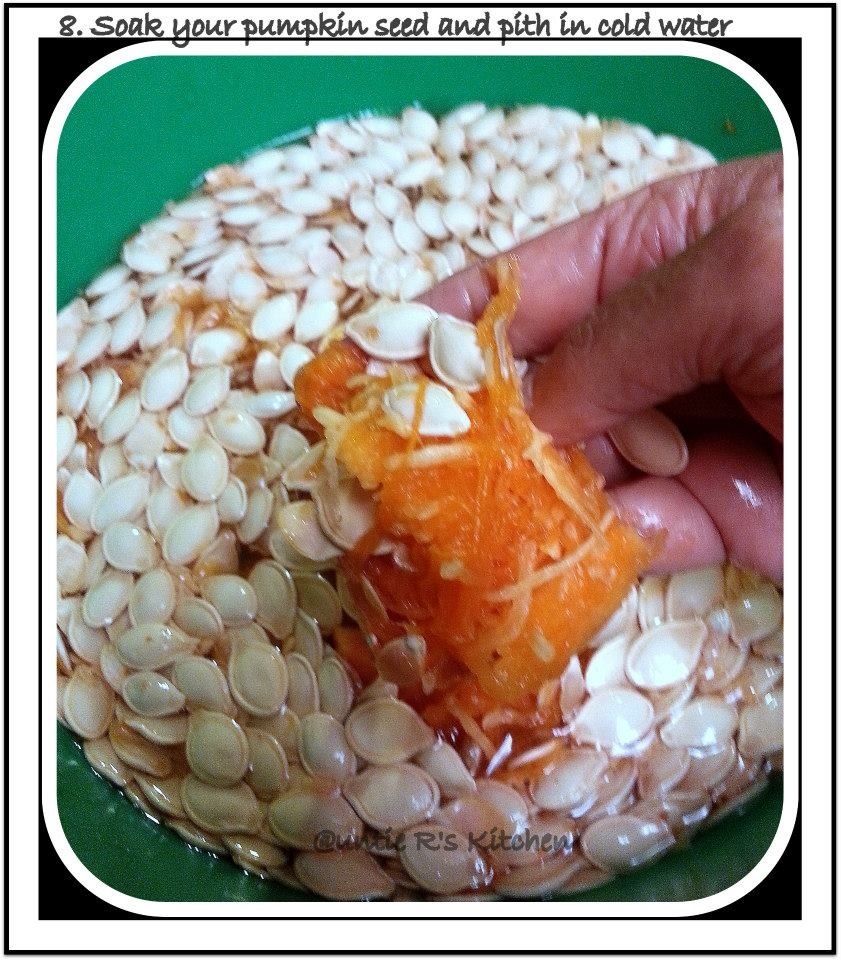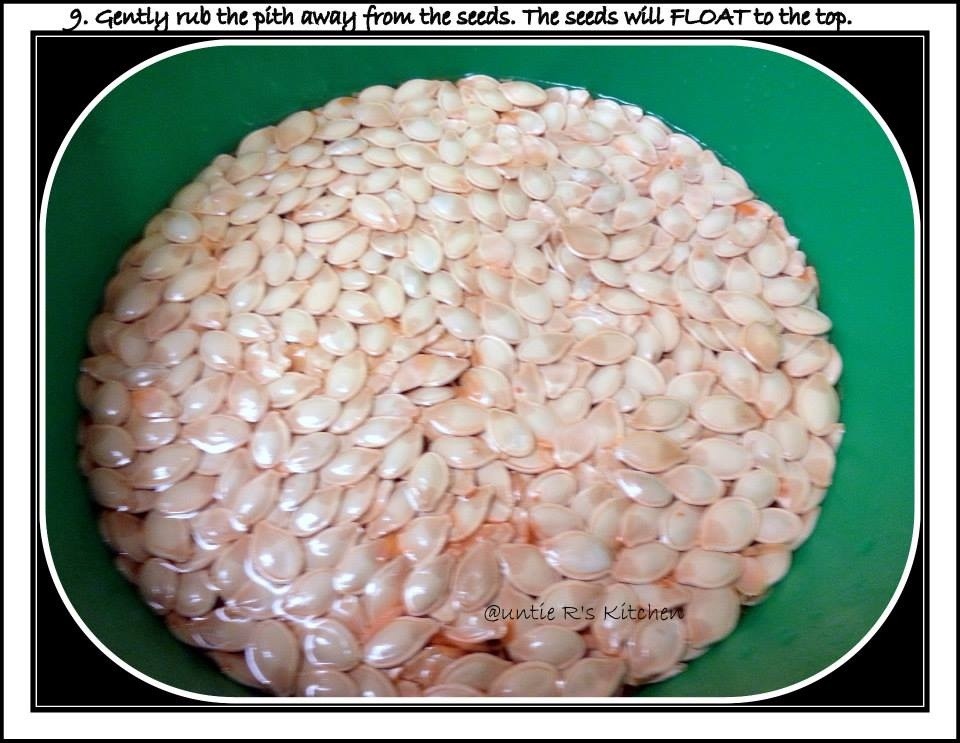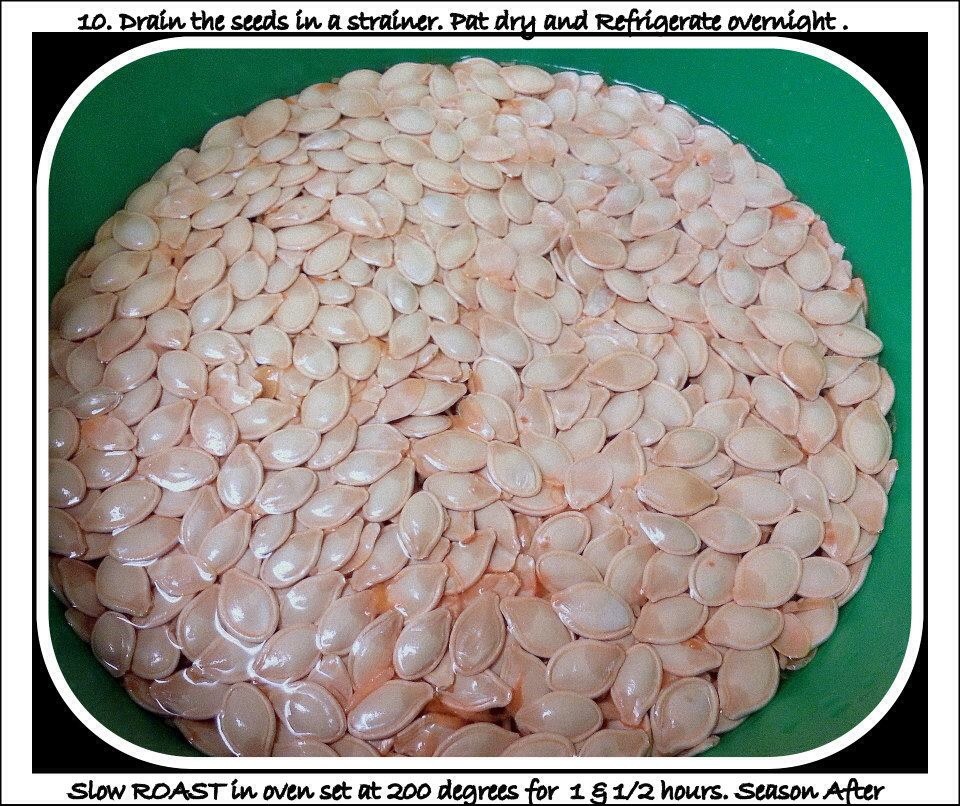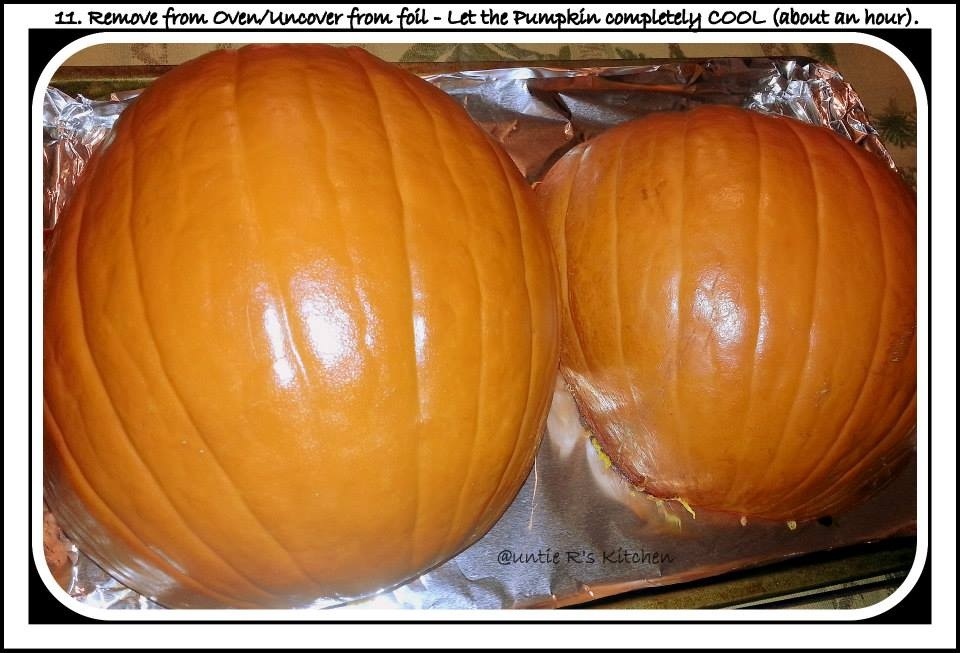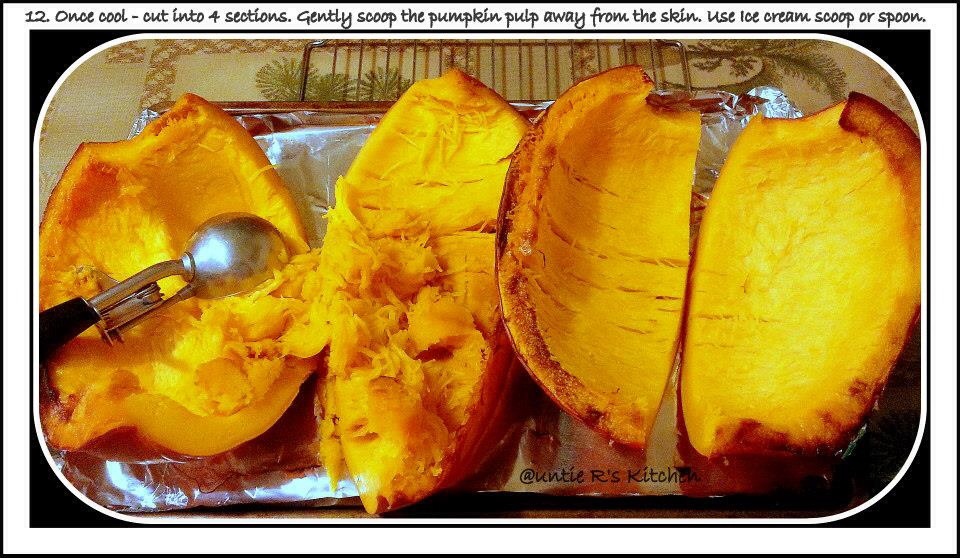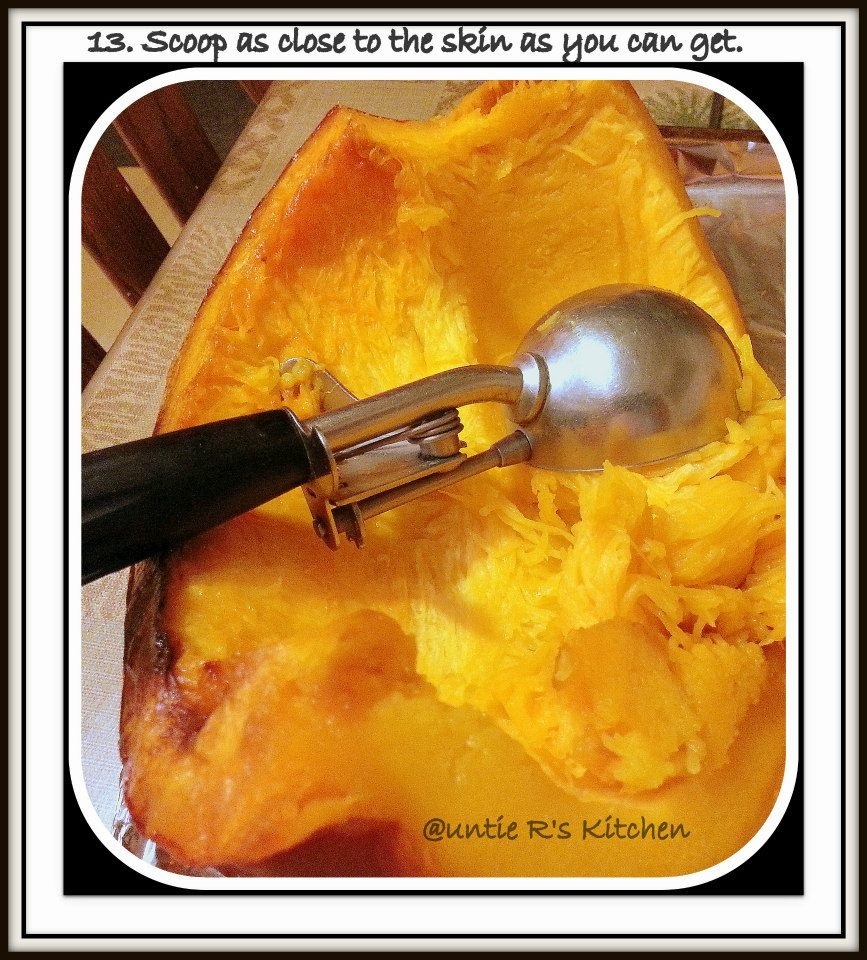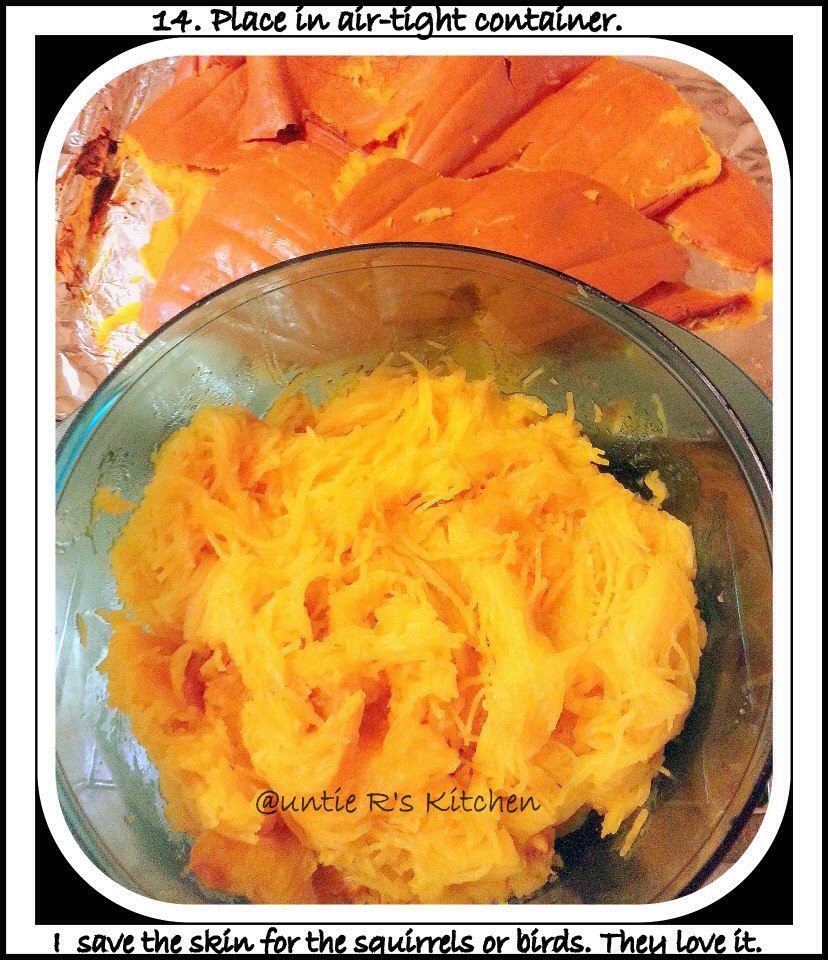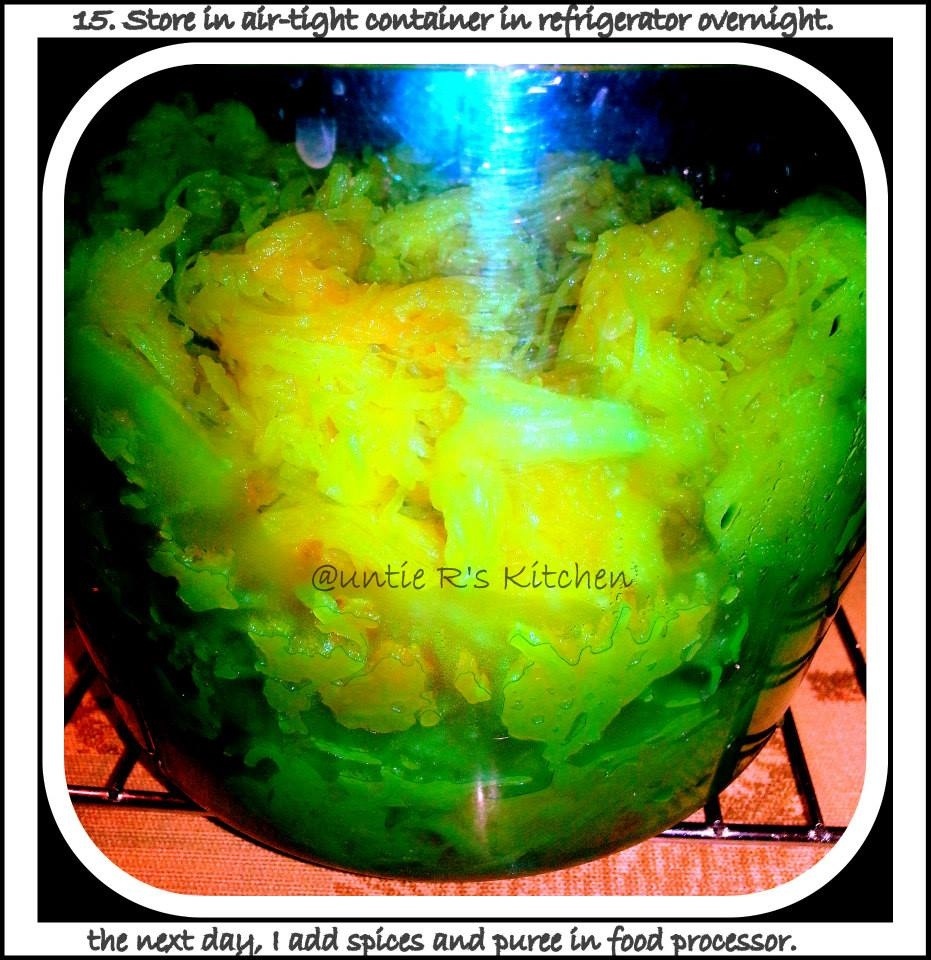Here are some useful Conversion Charts.
Temperature Conversions:
- 275°F = 140°C = gas mark 1
- 300°F = 150°C = gas mark 2
- 325°F = 165°C = gas mark 3
- 350°F = 180°C = gas mark 4
- 375°F = 190°C = gas mark 5
- 400°F = 200°C = gas mark 6
- 425°F = 220°C = gas mark 7
- 450°F = 230°C = gas mark 9
- 475°F = 240°C = gas mark 10
Volume Equivalents:
- 60 drops = 1 teaspoon
- 1 dash = 1/16 teaspoon
- 1 pinch = 1/8 teaspoon
- 1 teaspoon = 1/3 tablespoon = 1/6 ounce
- 2 teaspoons = 2/3 tablespoon = 1/3 ounce
- 3 teaspoons = 1 tablespoon = 1/2 ounce
- 2 tablespoons = 1/8 cup = 1 ounce = 1 standard coffee scoop
- 4 tablespoons = 1/4 cup = 2 ounces
- 5 1/3 tablespoons = 1/3 cup = 2 2/3 ounces
- 8 tablespoons = 1/2 cup = 4 ounces
- 16 tablespoons = 1 cup = 8 ounces
- 2 cups =1 pint = 1/2 quart = 16 ounces
- 4 cups = 2 pints = 1 quart = 32 ounces
- 16 cups = 8 pints = 4 quarts = 1 gallon
Weight Conversions:
Dry Ingredients:
- All-Purpose Flour: 1 cup = 4 1/2 oz
- Bread Flour: 1 cup = 4 1/2 oz
- Whole Wheat Flour: 1 cup = 4 1/2 oz
- Cake Flour: 1 cup = 4 oz
- Pastry Flour: 1 cup = 4 oz
- White Granulated Sugar: 1 cup = 7 oz
- Brown Sugar: 1 cup = 7 1/2 oz
- Powdered Sugar: 1 cup = 4 oz
- Chopped Nuts: 1 cup = 4 oz
Liquid Ingredients:
- Most liquids: 1 cup = 8 oz
- Water: 1 cup = 8 oz
- Milk: 1 cup = 8 oz
- Cream: 1 cup = 8 oz
- Yogurt: 1 cup = 8 oz
- Sour Cream: 1 cup = 8 oz
- Honey: 1 cup = 12 oz
- Oil: 1 cup = 7.5 oz
- Butter: 1 cup = 8 oz
Common Ingredient Equivalents:
Butter:
- 1 stick = 4 ounces = 8 tablespoons = 1/2 cup
- 4 sticks = 16 ounces = 32 tablespoons = 2 cups = 1 pound
Chocolate:
- 1 ounce = 1/4 cup grated
- 6 ounces chips = 1 cup chips
- 1 pound cocoa = 4 cups cocoa
Creams:
- Half and half = 1/2 milk + 1/2 cream = 10.5 to 18 percent butterfat
- Light cream = 18 percent butterfat
- Light whipping cream = 30 to 26 percent butterfat
- Heavy cream = whipping cream = 36 percent or more butterfat
- Double cream = extra-thick double cream = clotted or Devonshire cream = 42 percent butterfat
Eggs:
- 1 large egg (approximately) = 1 tablespoon yolk + 2 tablespoons white
- 1 cup = 4 jumbo = 4 to 5 extra-large = 5 large = 5 to 6 medium = 7 small
Flour:
- 1 pound = 4 cups all-purpose or bread flours = 4 3/4 cups cake flour
- 1 cup sifted cake flour = 7/8 cup sifted all-purpose
- 1+ cup self-rising flour = 1 cup sifted all-purpose flour + 1 1/2 teaspoons baking powder + 1/2 teaspoon salt
Lemon:
- 1 lemon = 1 to 3 tablespoons juice, 1 to 1 1/2 teaspoons grated zest
- 4 large lemons = 1 cup juice = 1/4 cup grated zest
Sugars:
- 1 pound white = 2 cups white = 454 grams
- 1 pound packed brown = 2 1/4 cups packed brown
- 1 cup packed brown = 1 cup white
- 1 pound superfine sugar = 1 cup white sugar = 190 grams
- 1 pound powdered sugar = 3 1/2 to 4 cups
- 1 3/4 cups powdered sugar = 1 cup white sugar
- 1 cup powdered sugar = 80 grams
- 100 grams white sugar = 1/2 cup
Yeast:
- 1 cake = 3/5 ounce = 1 packet dry = 2 1/4 to 2 1/2 teaspoons dry
Ingredient Substitutions:
- Baking Powder, double-acting, 1 teaspoon:
- substitute with 1/4 teaspoon baking soda plus 5/8 teaspoon cream of tartar
- Butter, 1 cup: substitute with
- 1 cup mayonnaise
- 1 cup vegetable shortening
- 1 cup applesauce
- Buttermilk, 1 cup:
- substitute with 1 tablespoon vinegar or lemon juice and enough milk to make 1 cup total liquid (mix and let stand for 5 minutes)
- Chocolate, unsweetened, 1 ounce:
- substitute with 3 tablespoons cocoa powder plus 1 tablespoon butter/margarine/vegetable oil
- Egg, 1 large: substitute with:
- 2 tablespoons mayonnaise
- 1 tablespoon ground chia seeds mixed with 3 tablespoons water (mix and let stand for 10 minutes)
- 1/2 cup liquid egg substitute (like Egg Beaters)
- Flour, Cake, 1 cup:
- substitute with 1 cup minus 2 tablespoons all-purpose flour
- Flour, Self-Rising, 1 cup:
- substitute with 1 cup minus 2 teaspoons all-purpose flour plus 1 1/2 teaspoons baking powder and 1/2 teaspoon salt
- Garlic, 1 clove:
- substitute with 1/8 teaspoon garlic powder
- Powdered Sugar (or Confectioner’s Sugar), 1 cup:
- substitute with 1 cup granulated sugar plus 1 tablespoon cornstarch (process in a food processor until powdery)
Common Abbreviations:
- Cup = c.
- Each = ea.
- Ounce = oz.
- Package = pkg.
- Pieces = pcs.
- Pound = lb. or #
- Tablespoon = T. or Tbsp.
- Teaspoon = t. or tsp.
